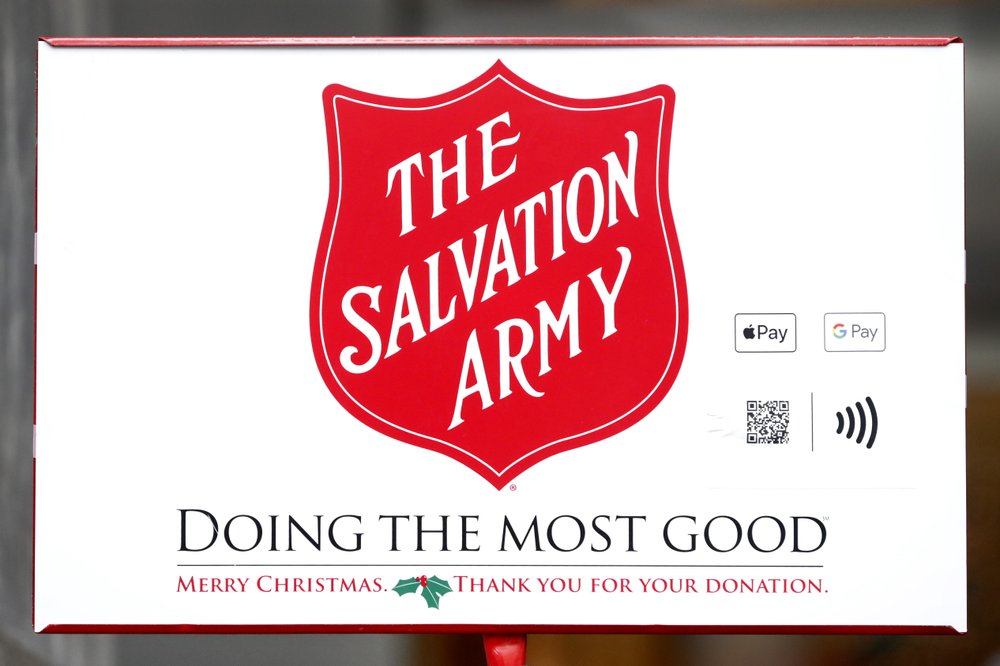NEW YORK — When Indica Mosley and her brother needed extra cash, the two college siblings decided to sell some of their pricey sneakers.
“We pay a lot of tuition so we figured we would give our parents a break and kind of try and help out with groceries and gas and stuff.”
They listed 23 sneakers on an app called Bump and in the blink of an eye, they had a buyer willing to pay nearly $3,000. They said they were excited and eager, so when the buyer suggested the siblings get off Bump and use PayPal to avoid the $180 service fee, they agreed.
“They said they would send the money right over and they sent it.”
“So we shipped out the shoes and we pretty much waited for them to get there and waited for the payment.”
And waited and waited some more.
“I called them and texted them.”
Nothing.
“I was really upset”
That’s when reality set in. The PayPal email was a fake and they had been scammed out of two $1,500 payments totaling nearly $3,000 for the sneakers.
“It just blows my mind that everything was fake.”
What made this email nearly picture perfect, according cybersecurity expert Eric Chan-Tin was the flawless blue logo, the lack of spelling errors, the correct size font and the fact that the security link took you right to the official page.
Here’s what’s fake about this email, the address.
“You can see the blue side here at the very end it says @mail so that should have said @paypal.”
Mosley’s far from the only consumer falling for fake PayPal emails. On the Better Business Bureau scam tracker we found nearly 100 complaints.
To make matters worse, PayPall can’t do anything about it.
“They told us there was nothing they can do to help because it didn’t come from PayPal.”
The company does offer advice on its website. If you believe you might be dealing with a fake, just email the email address to spoof@paypal.com, and they’ll take a look at it.

















